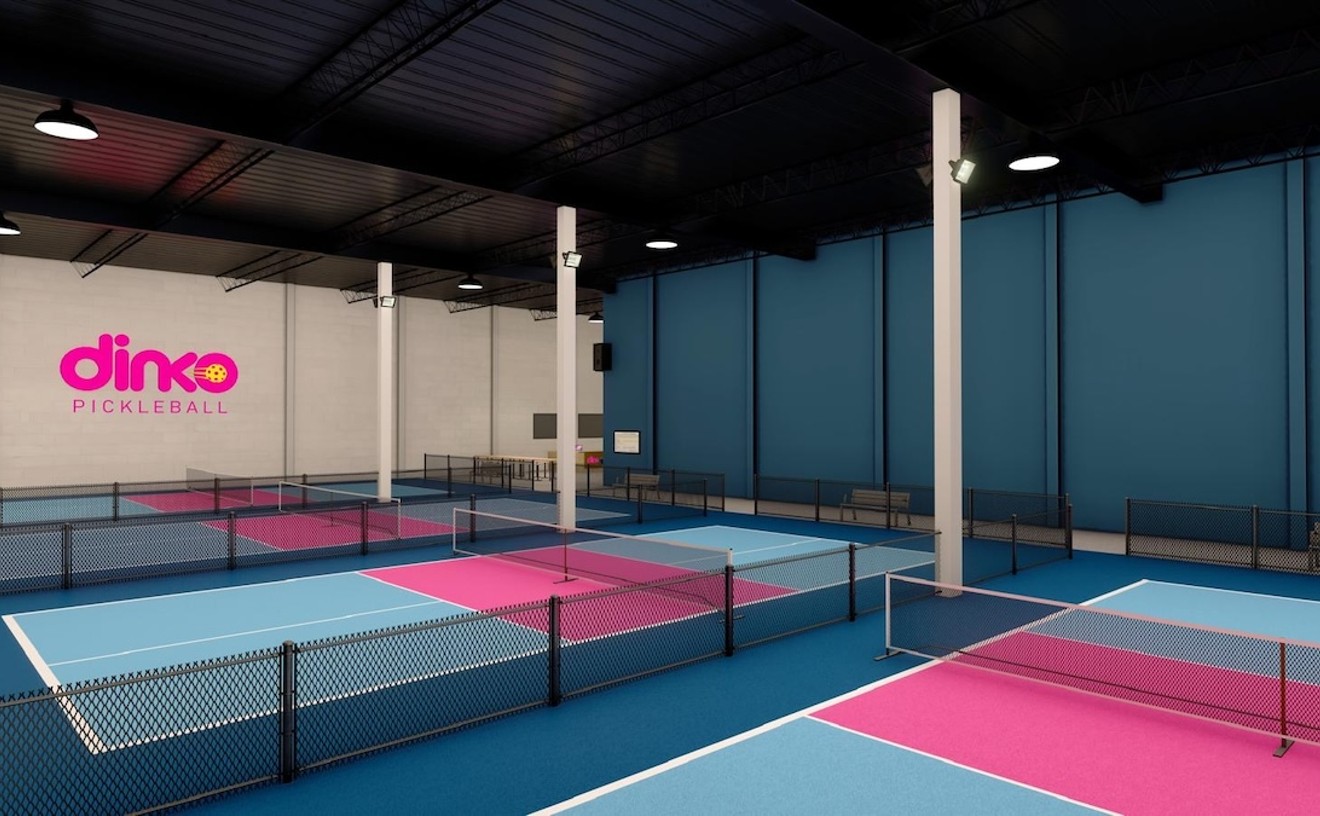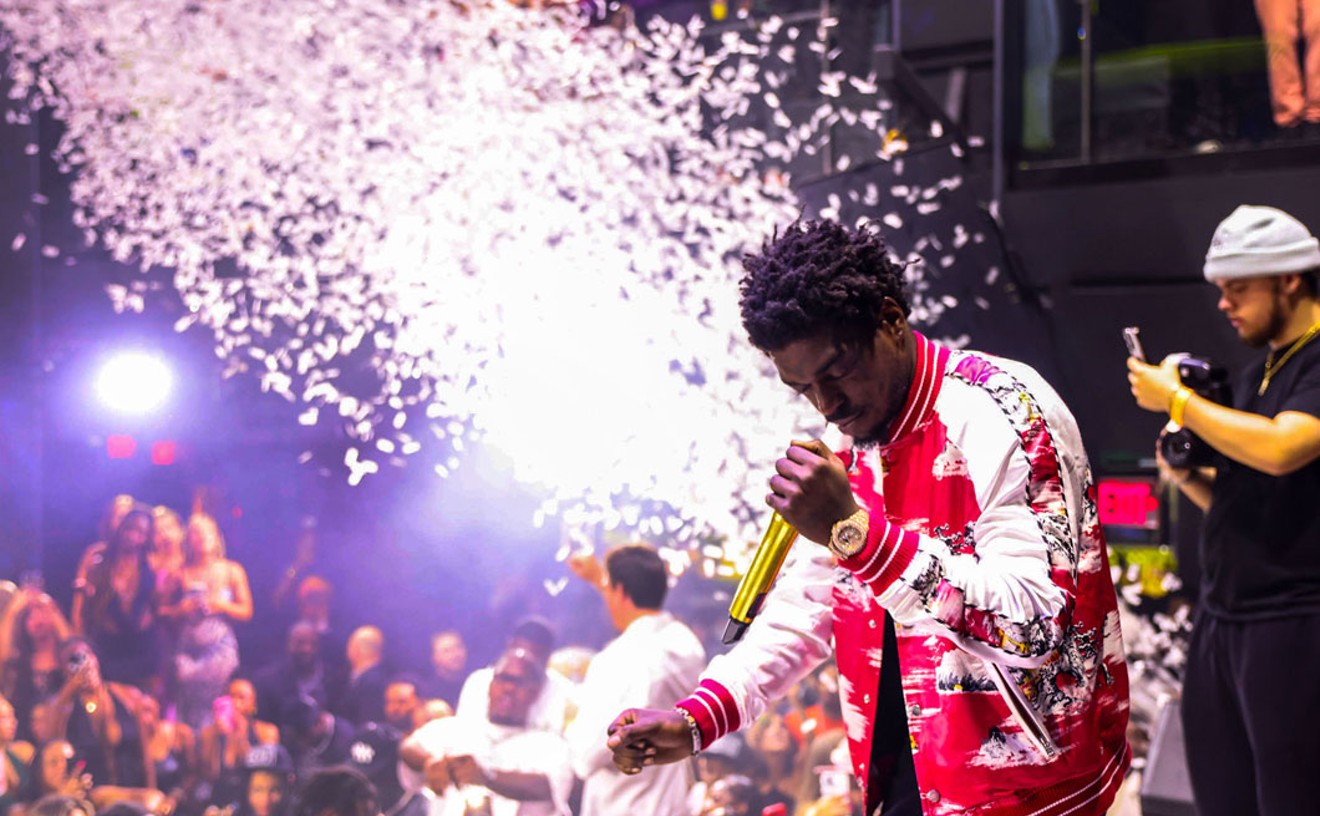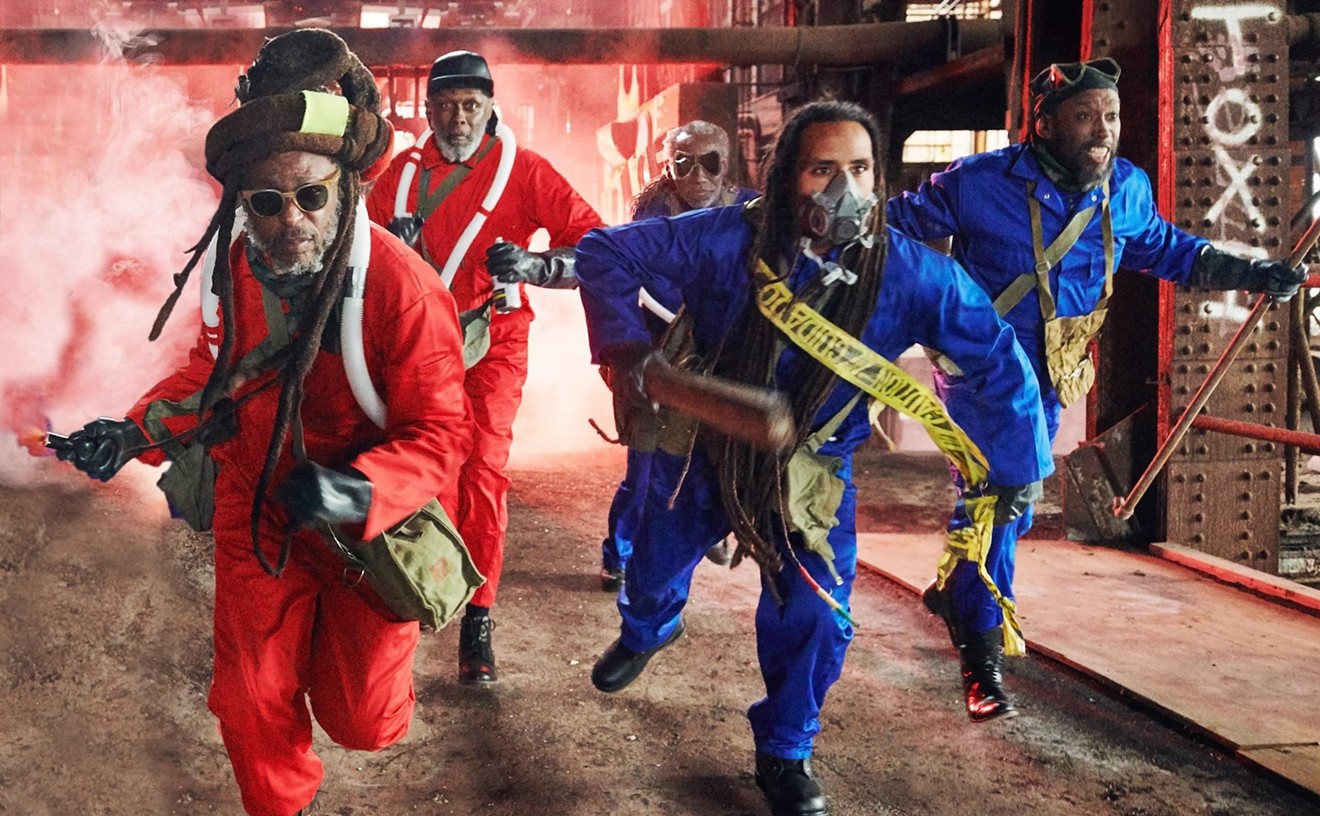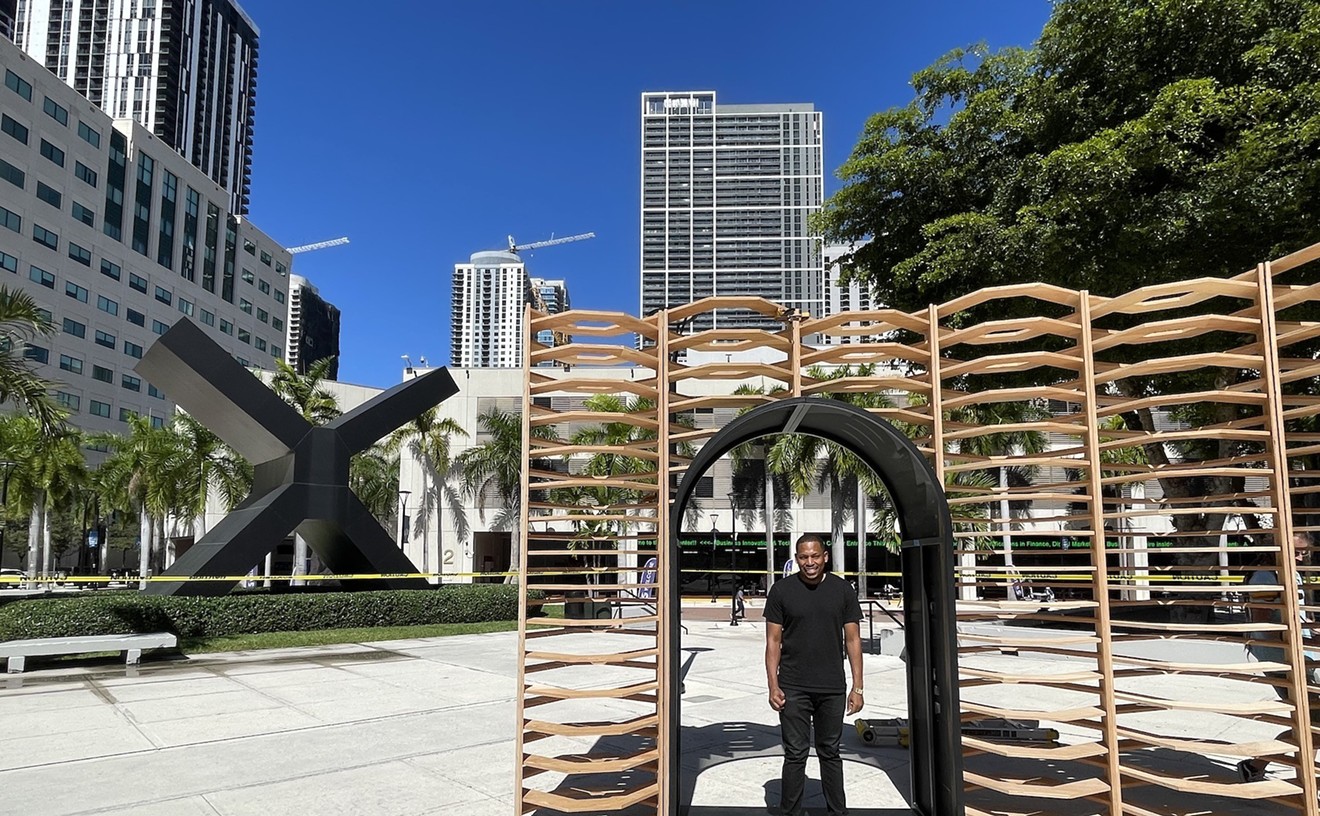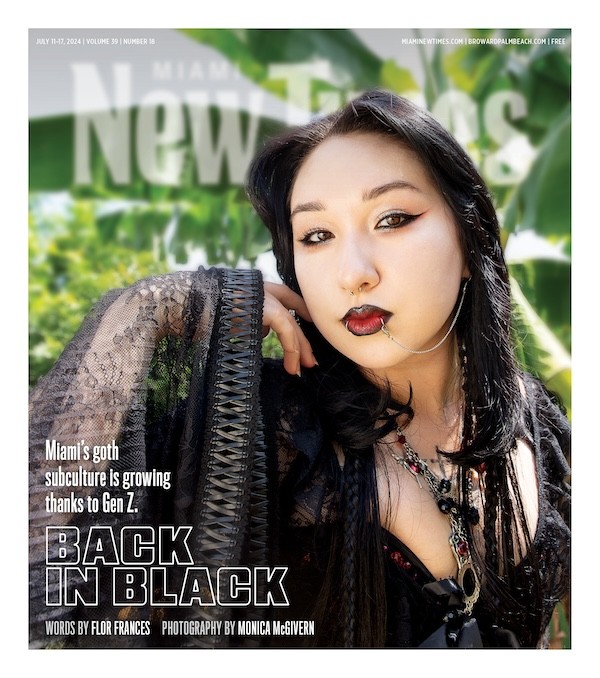Nearly a month of protests in reaction to the killing of George Floyd in police custody seem to have no end in sight as demonstrators continue to target symbols of the nation's racist and oppressive past and call for community reinvestment in lieu of funds for law enforcement. The majority of Americans now support the uprisings that have even made their way to rural parts of the country, but many on-the-ground organizers know that mobilizing groups of people to take the streets is only the beginning.
David Michael is the director of the Southeast branch of Save the Kids, which works to end youth incarceration and the school-to-prison pipeline. He's also president of the Green Haven Project, a community garden that provides food to Overtown residents and homeless Miamians. He organized one of Miami's first marches downtown, on May 30.
"For me, it comes with the territory," says Michael, who has worked for five years to educate and empower children. He has also been working for the past year and a half to feed the mostly Black and Hispanic communities where those kids live.
As gratifying as it is to see so many Americans start coming to terms with the systemic nature of racism and police violence, Michael is well aware that protests serve as a means, not an end.
"Protesting is just one aspect of commercializing the issue," he explains. "After that, we need to figure out a concrete solution to channel that energy. If not, the protest is useless."
Though "useless" may seem like a condemnation, it's impossible to ignore the fact that America is repeating its own history. Many protests in Miami have been channeling historic national groups like the Black Panthers or well-recognized leaders from the civil-rights movement, harking back to the last major era of racial progress this country has known. But history painted in broad strokes often neglects the smaller, local players of the past. Miami has its own specific history of organized struggle that has helped to shape the city, especially when it comes to racial justice.
Chanelle Nyree Rose, historian and author of The Struggle for Black Freedom in Miami: Civil Rights and America's Tourist Paradise, notes that many civil-rights-era victories in the Magic City came through not only the pressure of protests and sit-ins but also the sustained work of local organizations.
The Miami chapter of the Congress of Racial Equality (CORE) is one example of how organizations lead to both local and national change.
In 1959, CORE chose Miami as the center of its Interracial Training Institute, staging sit-ins at segregated lunch counters, theaters, department stores, and other public services. The nonviolent demonstrations were so successful that they expanded the practice the following year, taking the nation by storm. Also in 1959, CORE and NAACP leaders led a wade-in at Crandon Beach, the whites-only counterpart of the Black segregated Virginia Key Beach (which was often inundated by the trash and sewage of nearby homeowners). This direct action led to the end of segregated beaches on Key Biscayne.
Of course, the "liberal spirit" of Miami, as described in CORE's Interracial Training Institute brochure, is not as altruistic as it appears on its face. According to Rose, the quick response to organized resistance had to do with Miami's tourist industry.
"The white civic elite worked hard to construct a progressive New South image in a tourist-dependent city," she explains. "For example, in 1960, mayor Robert King High appointed an 11-member interracial advisory committee to desegregate the city’s downtown lunch counters without inciting racial hostility." Included in negotiations were CORE, the NAACP, the Interdenominational Minister's Alliance, and John B. Turner, Mayor High's close associate and a local business leader who ultimately helped broker an alliance between civil-rights organizers and downtown Miami business owners.
"After organizing private meetings with department-store managers, Turner steered them toward integration while pointing out that racially explosive situations in Miami would paralyze the city’s tourist economy," Rose says. "Turner told business leaders, 'The one point on which everyone could agree on was that Miami cannot afford a riot. Tourists don’t take vacations where there are riots. Birmingham can have one and open the steel mills the next day after it’s over; Miami could open its hotels the next day, but there wouldn’t be anyone in them for about the next five years.'"
It wasn't the kind of victory that inspires generations, but it came from the power of community organizing.
Similarly, United Black Students staged a successful sit-in at the Ashe Building at the University of Miami, demanding that the school hire Black professors and administrators, increase the acceptance rate of Black applicants, and design more courses that focused on Black history and culture. Mobilizing young people led to more radical politics and less satisfaction with the integrationist line of organizations like the NAACP, ushering in a new era of Black activism in Miami.
"They were no longer taking orders, so to speak, from an established leadership and did not conform to the politics of respectability in regard to activism," says Rose, who believes the political progression of Black youth in 1968 Miami sheds some light on this current moment.
"Something feels very different about the death of George Floyd, particularly the interracial response," she says. "I hope this doesn't fizzle out and produces real, system[ic] change."
Creating that change means bolstering the structures historically used to pressure those in power to go beyond what's convenient.
For UM students, that likely takes the form of renewed calls for diversity in leadership and an end to implicit bias across all levels of the university.
For the rest of us, it may mean holding local politicians accountable, or joining David Michael and his team tending gardens in Overtown — and, soon, in Liberty City — or supporting other groups that are already doing the work, or starting organizations in our own neighborhoods to address issues close to home.
"I personally feel that at this point we just need to do more as a whole," Michael says. "[Protesting] becomes this thing to do, like a trend, then it’s back to business as usual. This time, it cannot be like that."
Education is key to this battle. Researching is key to this uphill battle," Michael adds. "A lot of people don’t know these issues and go back in time and look at the deep-rooted aspect of why everything has been happening. Once we understand that as a whole, we’ll stop putting Band-Aids on bullet wounds."
[
{
"name": "Air - MediumRectangle - Inline Content - Mobile Display Size",
"component": "19274298",
"insertPoint": "2",
"requiredCountToDisplay": "2",
"watchElement": ".fdn-content-body",
"astAdList": [
{
"adType": "rectangle",
"displayTargets": "mobile"
}
]
},{
"name": "Editor Picks",
"component": "17482312",
"insertPoint": "4",
"requiredCountToDisplay": "1",
"watchElement": ".fdn-content-body",
"astAdList": [
{
"adType": "rectangle",
"displayTargets": "desktop|tablet"
},{
"adType": "rectangle",
"displayTargets": "desktop|tablet|mobile"
}
]
},{
"name": "Inline Links",
"component": "18711090",
"insertPoint": "8th",
"startingPoint": 8,
"requiredCountToDisplay": "7",
"maxInsertions": 25
},{
"name": "Air - MediumRectangle - Combo - Inline Content",
"component": "17482310",
"insertPoint": "8th",
"startingPoint": 8,
"requiredCountToDisplay": "7",
"maxInsertions": 25,
"watchElement": ".fdn-content-body",
"astAdList": [
{
"adType": "rectangle",
"displayTargets": "desktop|tablet"
},{
"adType": "rectangle",
"displayTargets": "desktop|tablet|mobile"
}
]
},{
"name": "Inline Links",
"component": "18711090",
"insertPoint": "8th",
"startingPoint": 12,
"requiredCountToDisplay": "11",
"maxInsertions": 25
},{
"name": "Air - Leaderboard Tower - Combo - Inline Content",
"component": "17482313",
"insertPoint": "8th",
"startingPoint": 12,
"requiredCountToDisplay": "12",
"maxInsertions": 25,
"watchElement": ".fdn-content-body",
"astAdList": [
{
"adType": "leaderboardInlineContent",
"displayTargets": "desktop|tablet"
},{
"adType": "tower",
"displayTargets": "mobile"
}
]
}
]






